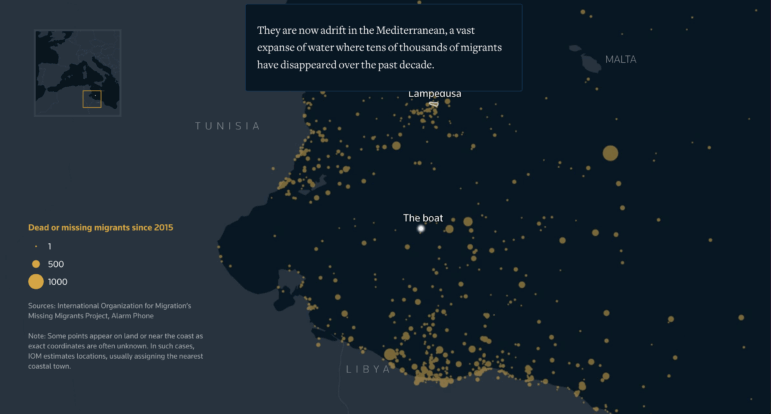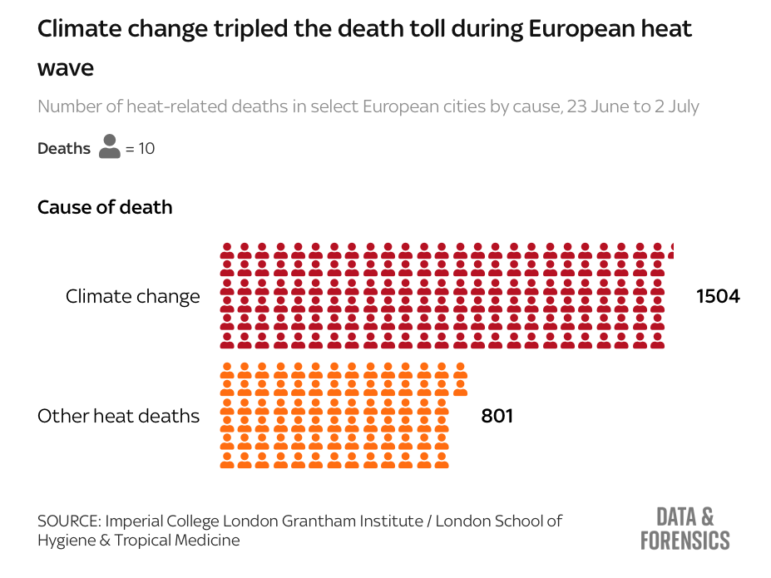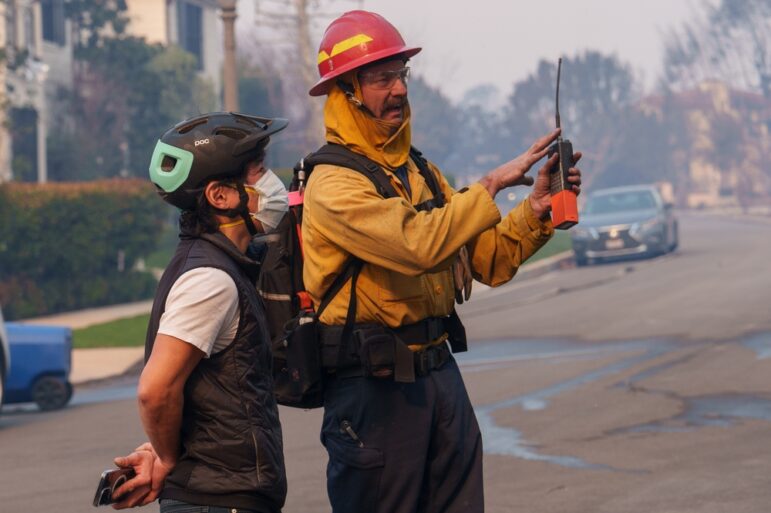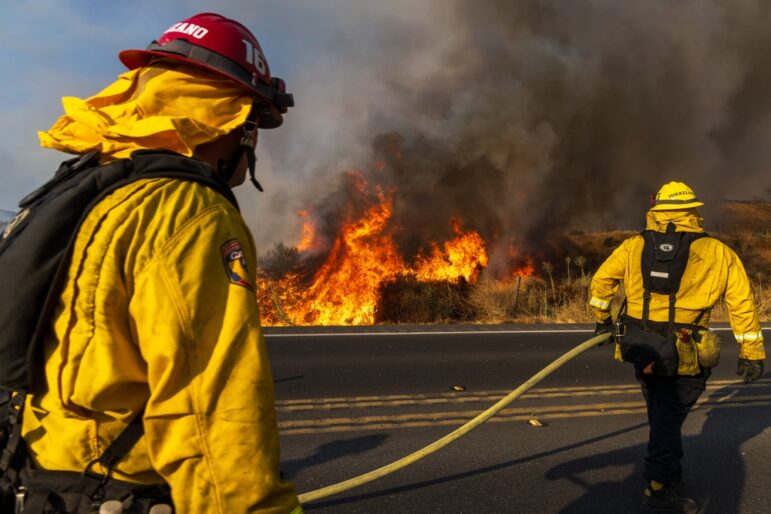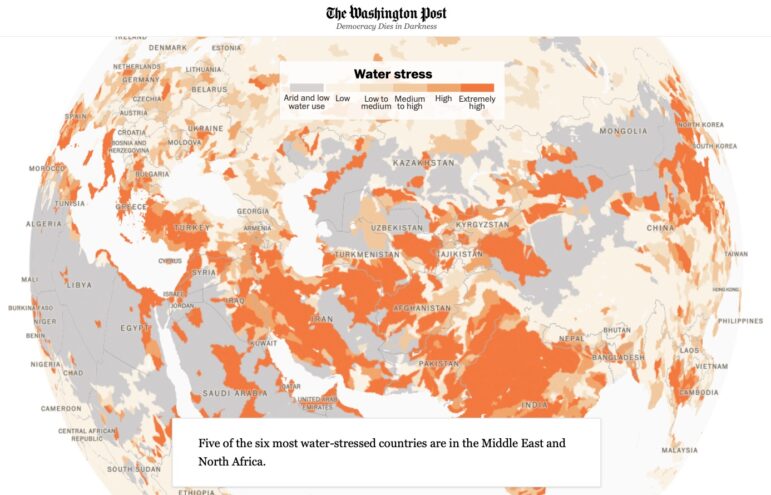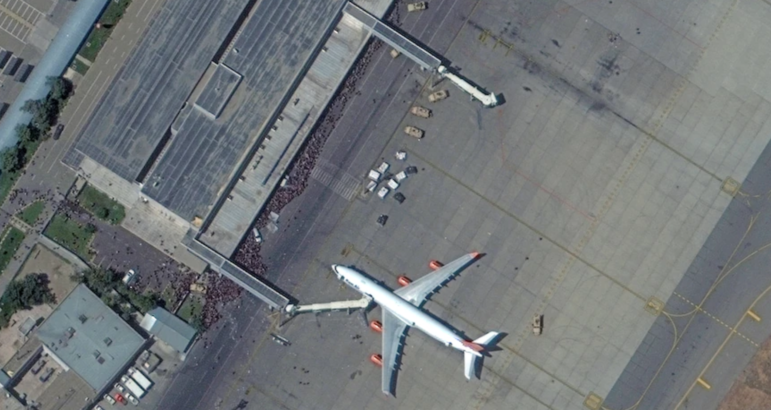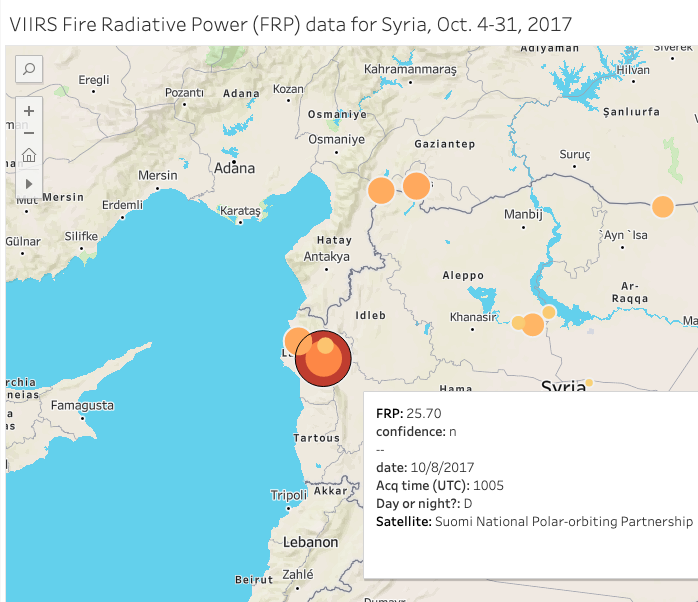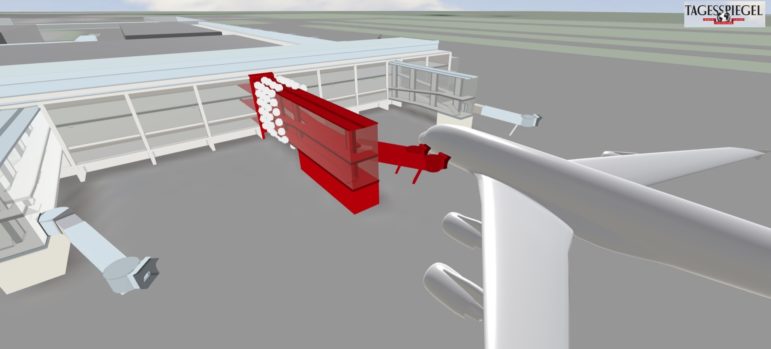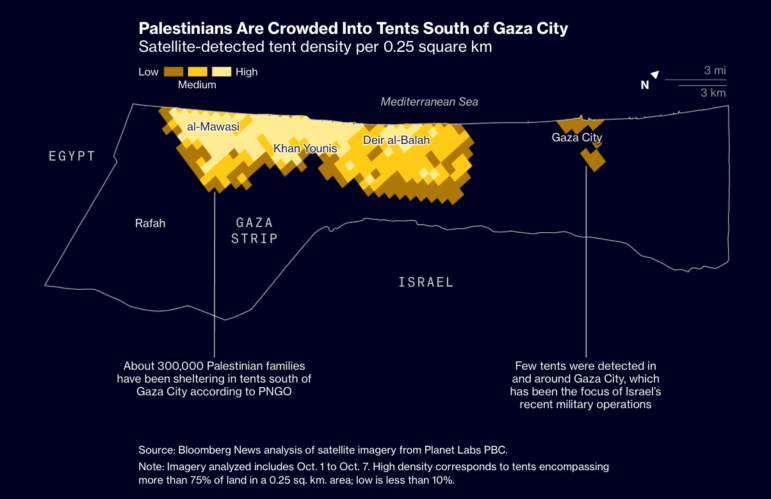
Data Journalism Top 10
What’s Next for a Devastated Gaza, TikTok’s Addictive Algorithm, Trump Food Aid Cuts Hit the Poor, Ukraine Strikes Russian Energy
Our round-up of the best in recent data journalism also features stories on what happens next in Gaza, a wildfire in a Namibian nature reserve, and the rise of the bespoke tailoring market in India.

